“Hey how’s it going let’s talk about Cardano”
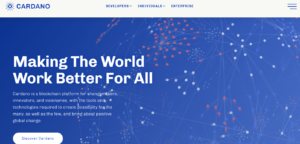
This has been really popular in the crypto world for a while and it’s known for its complexity.
whether you’re already familiar with this maybe you’ve personally been invested in this for a while or maybe you’ve recently come across this, either way, there’s a lot to learn about
What is Cardano?
- Again there’s a lot of layers to this but here are 10 things about Cardano you need to know the first thing is you need to know who the founder of Cardano is and it’s someone by the name of Charles Hoskinson.
- some people may recognize him because he was one of the co-founders of Ethereum and something called bit shares among other things well to make a long story short Charles disagreed with what Ethereum was planning to do in the future in terms of the foundation the infrastructure basically how they were labeling themselves and he left he then created something called IOHK(input-output).
- Well the primary business of IOHK is the development of Cardano alongside the Cardano foundation and emerge so if you see IOHK Cardano foundation.
- In a really quick blurb, IOHK basically develops the technology and then the Cardano foundation is responsible for supervising the development and promoting Cardano and Amerigo is responsible for driving commercial adoption.
- Now that you know the founder and the whole business around it
you have to understand what he is trying to do what’s Cardano actually trying to do it’s important to understand his philosophy how he’s viewing the whole blockchain world in terms of generations so in his point
of view, he’s saying that we’ve gone through three generations of blockchains as of right now
Generation 1:- bitcoin and money transfers.
Generation 2:- Ethereum and smart contracts.
Generation 3:- Cardano is basically building upon all of that stuff it’s improving it’s evolving it and it’s basically shaping the whole future of blockchain.
Generation 4:- VeChain Ecosystem.
- Again, according to him and the entire team, just to get a sense of the timeline Cardano was developed in 2015.
- it was publicly released in 2017. so if you’re gonna call something generation three especially your own project generation three there has to be a big reason why is it better than generation one and two well as of right now Cardano wants to focus and solve these three problems.
First: – thing is scalability for example transactions per second as you add more people to the network you want to make sure that it’s still running smoothly.
Second: – Interoperability one example of this would be communicating between different network blockchains and systems.
Third: – sustainability basically is your entire ecosystem sustainable is it self-sustaining.
What Cardano is saying?
That especially compared to something like bitcoin and Ethereum their project is solving these three problems which the other two aren’t necessarily doing right now so Cardano in terms of scalability interoperability and sustainability they’re saying that they’re better now that we understand
what their goal is? what they’re trying to solve?
what makes Cardano unique?
- Cardano uses a proof-of-stake protocol called ouroboros.
- What is this well according to Cardano this is the heart of their network and they’re saying that oratorios are the first proof-of-stake protocol created based on academic research.
- They’re saying that there’s a mathematically proven level of security that’s actually one of the interesting things about Cardano.
- They highlight this a lot it’s that their proof-of-stake system has been rigorously reviewed by academics and experts and it doesn’t end it’s an ongoing thing basically peer reviews that’s the thing that they like to talk about a lot.
- The name Cardano it’s named after Gerolamo Cardano who is an Italian polymath he was also well known for his achievements in algebra and he made the first systemic use of negative numbers in Europe.
- Cardano’s crypto is called ADA.
- Ada that’s actually named after Ada Lovelace she was the daughter of well-known poet lord byron.
- She’s also technically considered to be the world’s first computer programmer.
- Cardano roadmap they divide it up they call them phases or Eras.
1.Byron (Foundation Era)
- Byron basically represents setting the entire foundation of Cardano.
- when they first introduced ouroboros which is their protocol and also their cryptocurrency the native crypto that they’re using called ADA.
2.Shelley (Decentralization Era)
- Shelley the whole purpose of this era this code release is to optimize decentralization.
- In fact, Cardano has publicly stated that at the end of the Shelley era one of their goals. (it’s pretty big it’s for Cardano to be 50 to 100 times more decentralized than other large blockchain networks.)
3.Goguen (Smart Contracts Era)
- If you have the foundation from the byron era and then you have the optimization coming from the Shelley era.
- What do you think is going to be next well now that you have a protocol that’s going to be more optimized you can build things on top of it google adds the ability to build decentralized apps also known as Dapps.
- So this brings about the whole functionality in the form of smart contracts and also multi-currency ledger and people will be able to create new natively supported tokens such as NFT’s.
4.Basho (Scaling Era)
- In the basho era now this is optimization on another level it’s focusing on the entire ecosystem.
- so it’s all about improving the scalability and interoperability of the network.
- it’s also going to introduce something called side chains.
- which increases the capacity of the network and there’s a lot of benefits to side chains.
- if you want to think about it in really simple terms there’s the main chain and then there’s going to be additional chains on the side.
- that’s why it’s called side chains so the side chains,
- they’re going to provide support to the main network.
- the entire network and on the technical side, you can also introduce experimental features on the side chains without affecting the security of the main blockchain.
5.Voltaire (Governance Era)
- The final stage is what you really have to know about and they call it Voltaire.
- This is when Cardano’s network becomes a self-sustaining system and the community aspect is really big.
- This is where they really take advantage of the voting and treasury system so network participants will be able to use their stake and voting rights to influence the future development of the network.
- The voting system is pretty much what you think it sounds like it’s just voting a lot of people they’re going to be able to participate.
- your word, your vote, your opinion.
- it’s going to matter the treasury system it could be a lot of different things basically you’re using the network right there’s going to be transaction fees what happens to those fees the community eventually will be able to vote on.
- what you do with those fees for obviously the benefit of the entire network and community and blockchain.
But if you just really want to look at it and step away from all the thematic stuff on a technical basis it’s just multiple code releases.
That’s the hope and when you’re fully decentralized?
- you’re no longer under the management of IOHK.
- so on a conceptual level, the goal of Cardano is to actually put its entire project into the hands of its community.
- It should be self-sustaining so the community should have at this point everything they need to help grow and evolve Cardano.
- it’s an ongoing process.
- it’s also very important to understand that while the eras of Cardano are delivered sequentially.
- the work for each era happens in parallel and to be fair here this is actually one of the cons of the Cardano project in terms of people who are not that happy with it.
- because if they’ve been investing in this for a while it just feels like development has been taking a really long time.
- so again to be fair you almost have to view these milestones in a quarterly fashion don’t just look at them from a day-to-day basis
- it’s going to be a weekly monthly quarterly outlook of what Cardano is doing.
- All the new updates honestly it’s a really deep project but hopefully all of the backgrounds on what they’re doing on their roadmap that helped you understand.
- Cardano actually has their own wallets and by this, I mean where you can actually store your ADA and the official desktop wallet is called Daedalus.
- Mac Windows and Linux users also have something called Yoroi. which is a light wallet it’s a much simpler version of the Daedalus wallet and it also functions differently.
- It comes as a browser extension and also mobile apps.
The exciting partnerships the projects that Cardano is working on?
- Occam finance.
- decentralized funding platform launch pad and defy ecosystem for Cardano.
2.Card starter.
- decentralized accelerator and swapping platform.
3.Charlie 3.
- this is the first decentralized oracle being built on Cardano.
4.Atala PRISM
- they’re focused on identity and verification solutions.
5.CFund
- Which is Cardano’s venture fund.
6.COTI
- their first major public investment.
- which also stands for the currency of the internet COTI is focused on the DEFI finance sector.
- Basically, fintech and blockchain all matched up together, and back in 2019 Cardano and COTI.
website: – https://cardano.org/
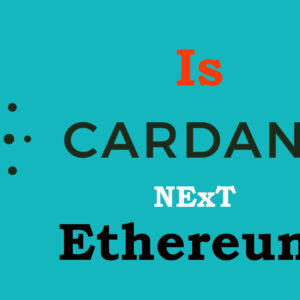
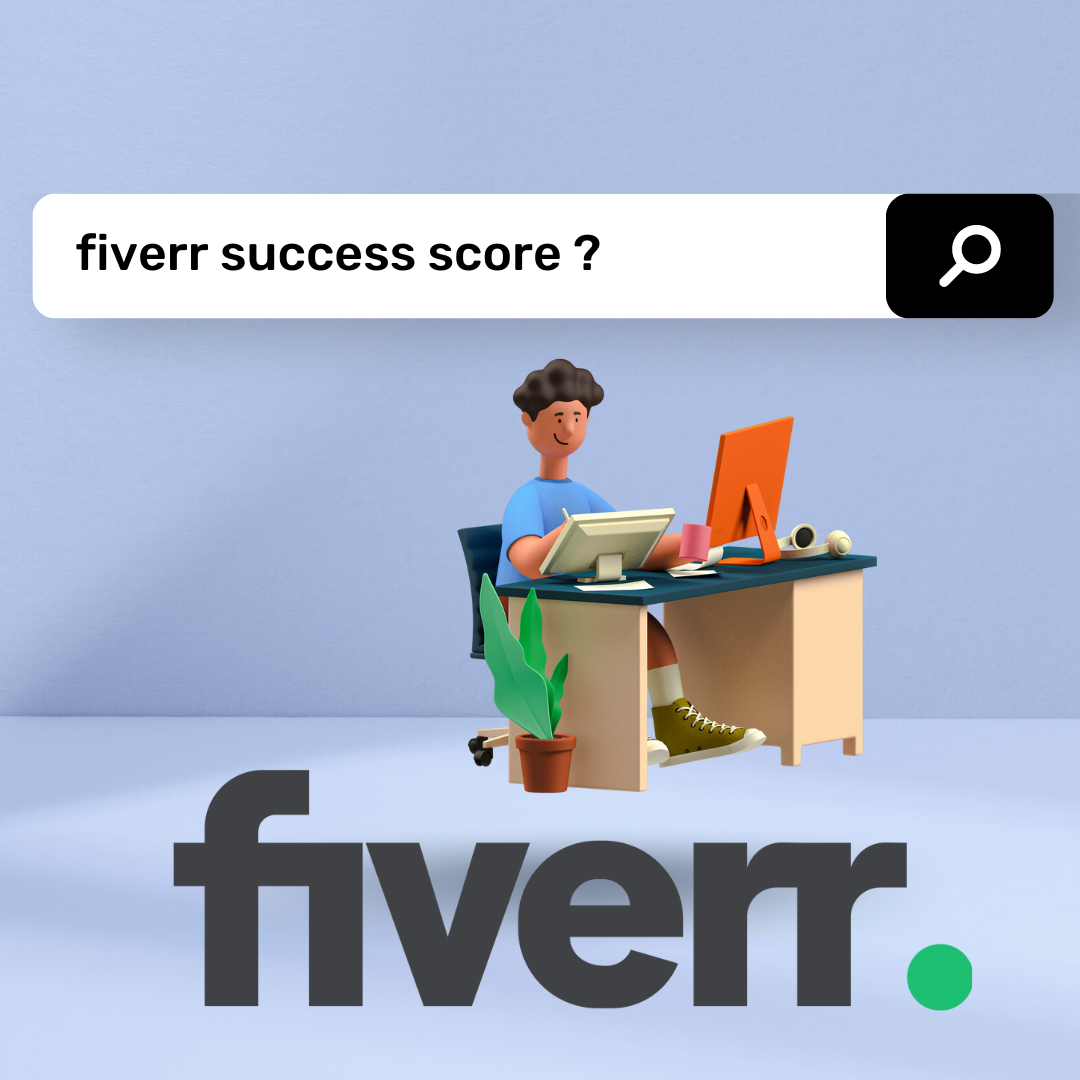
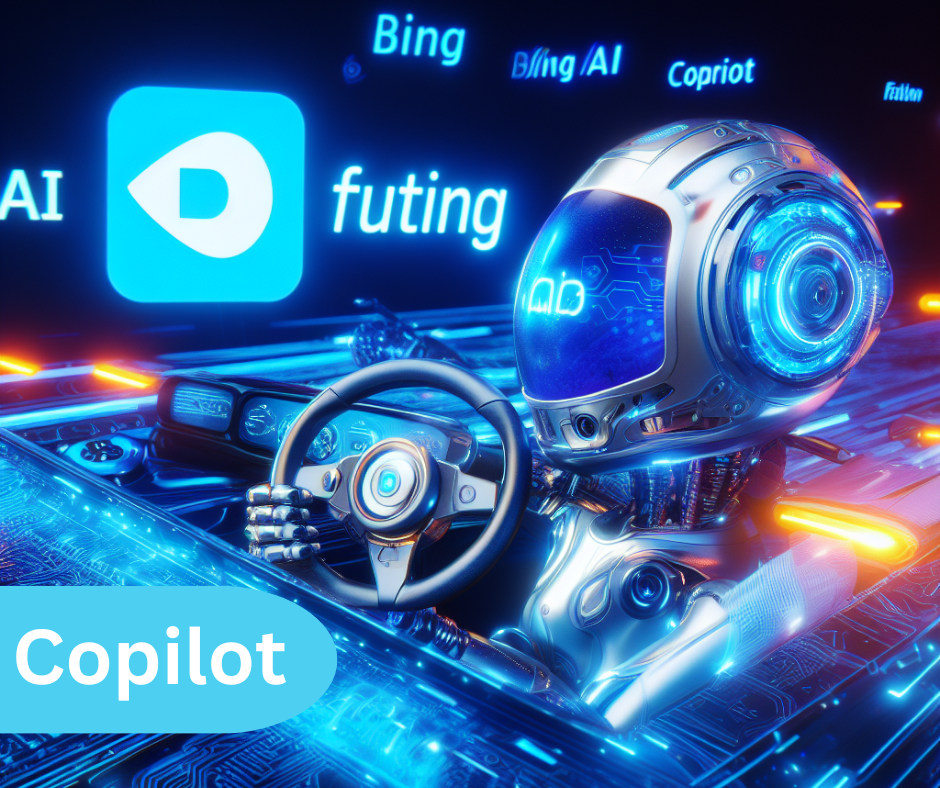
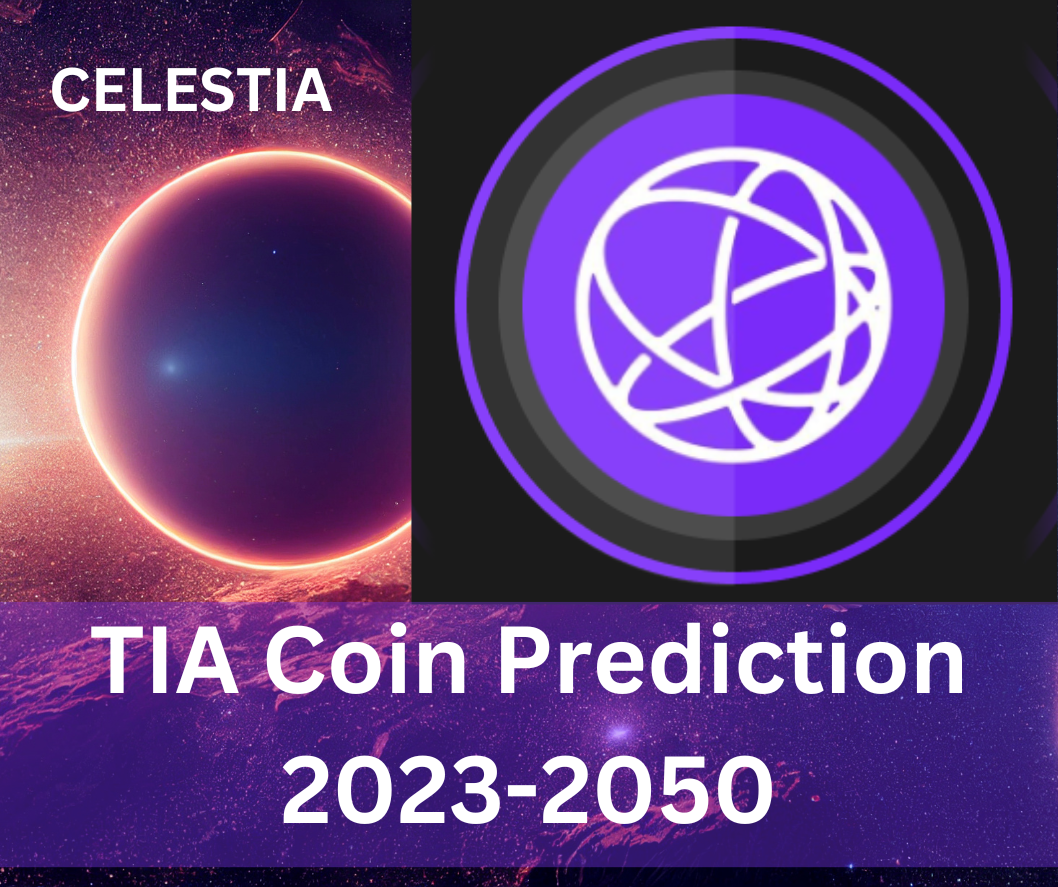
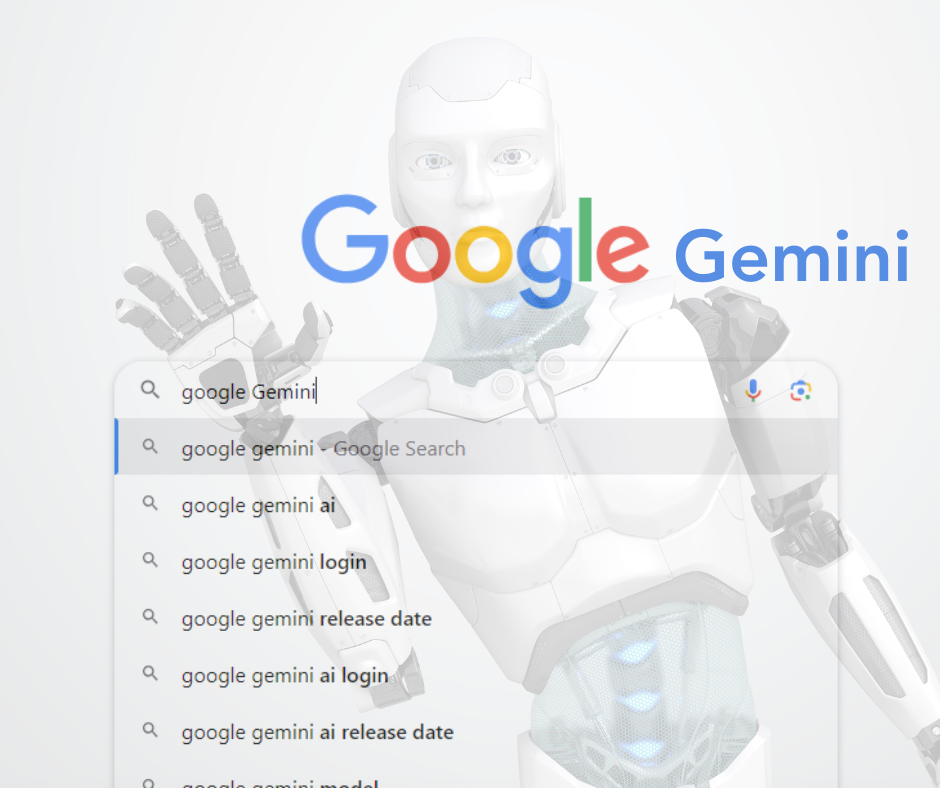
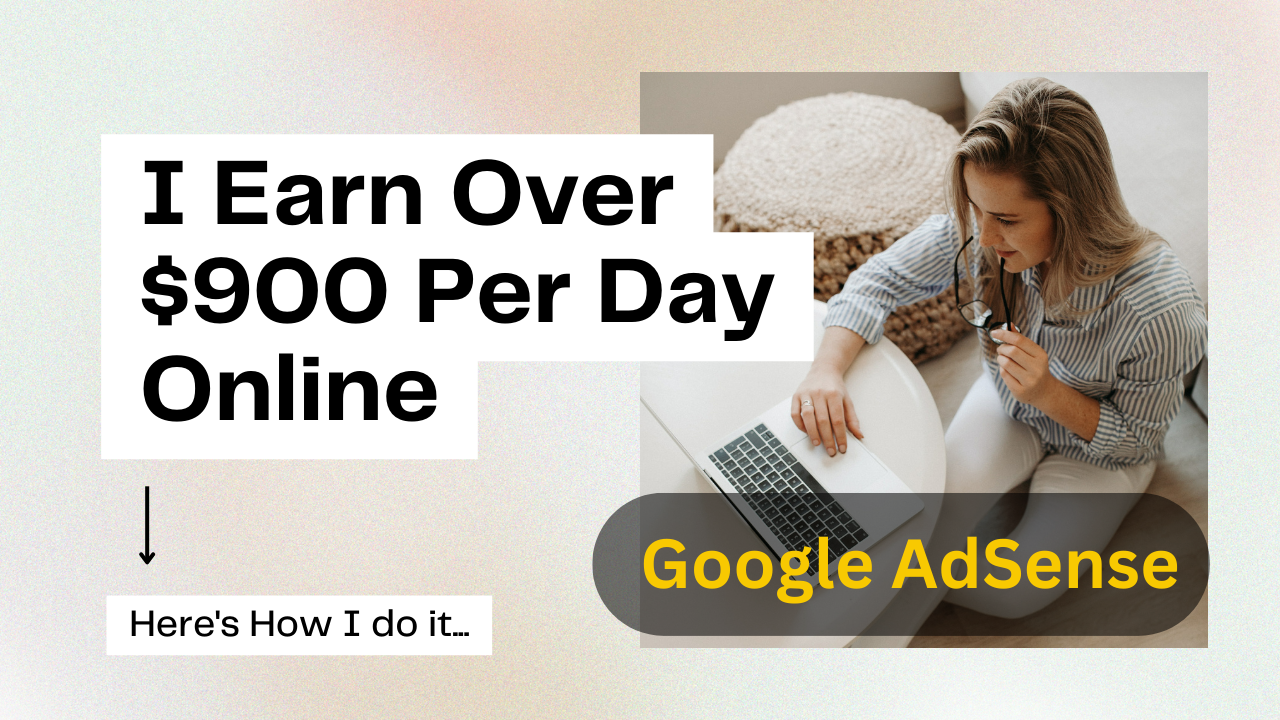

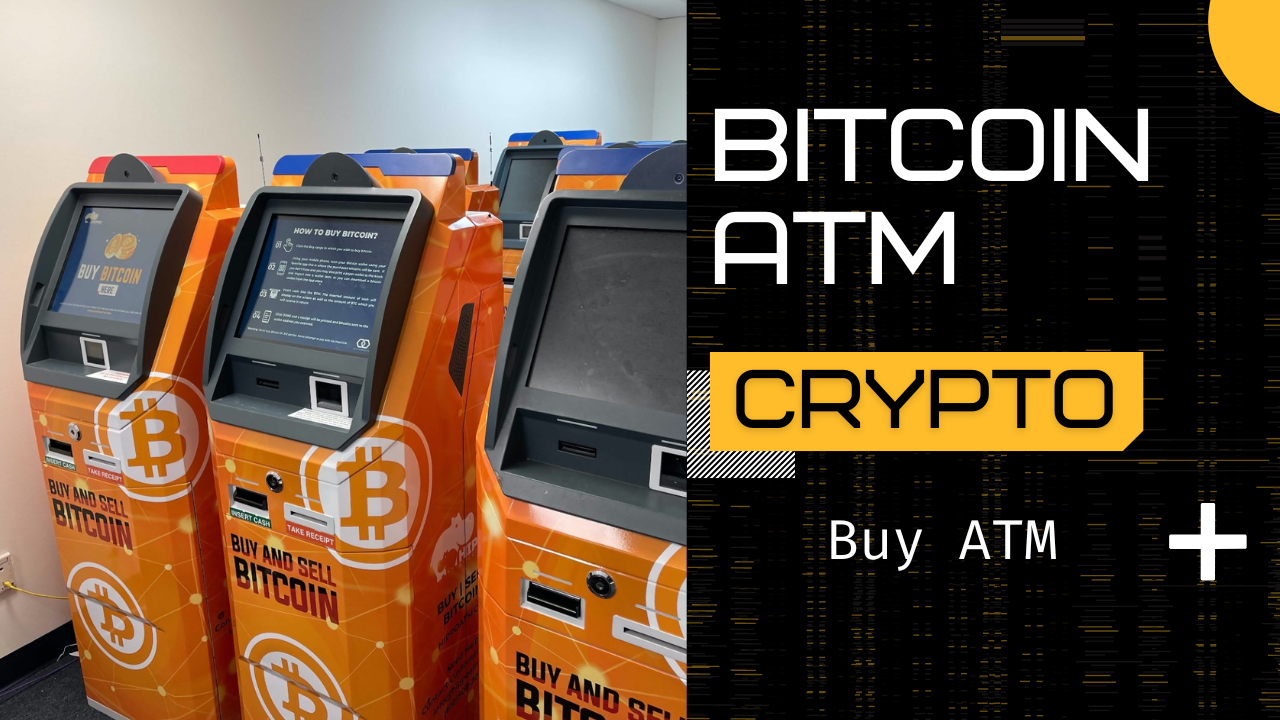
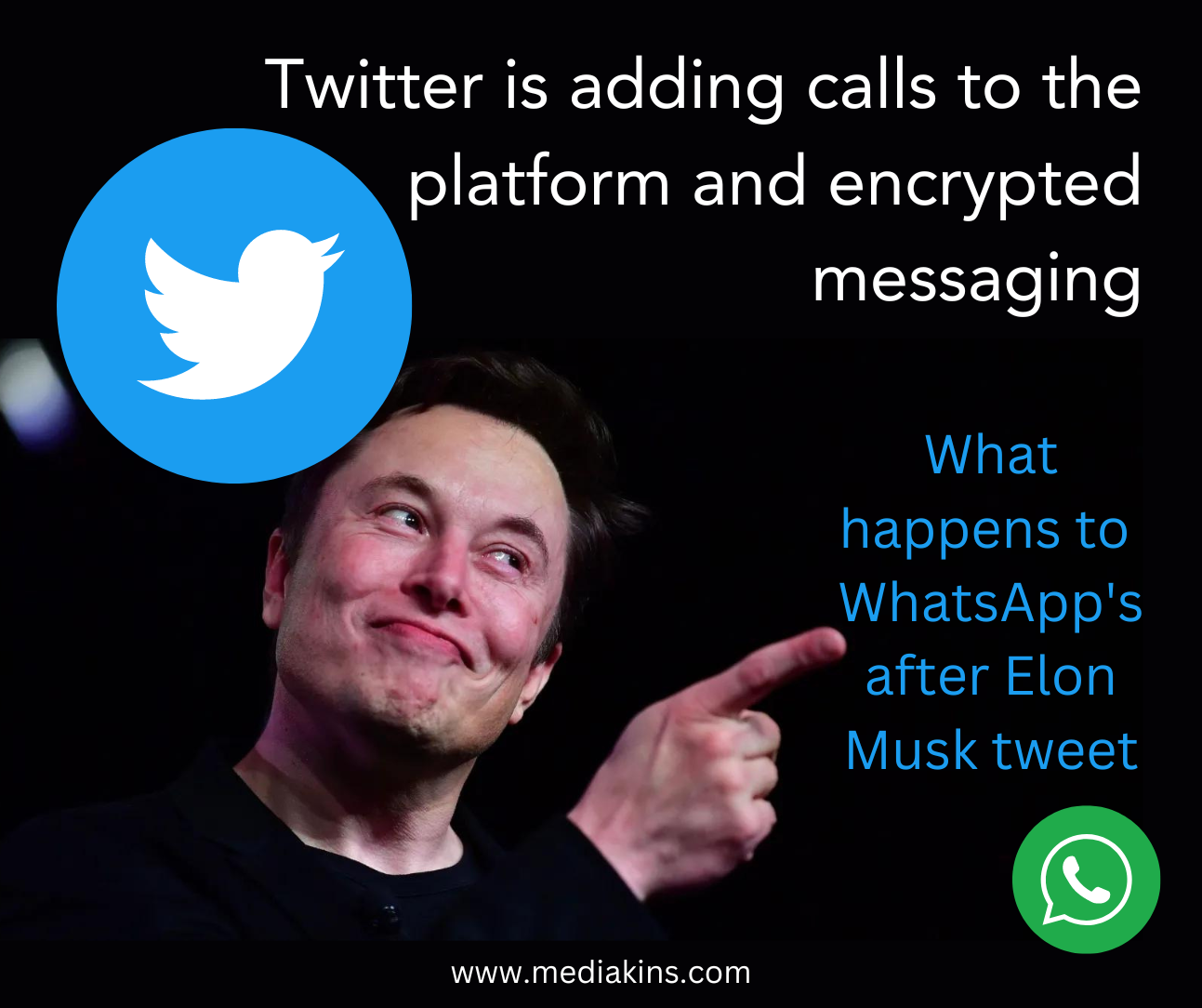
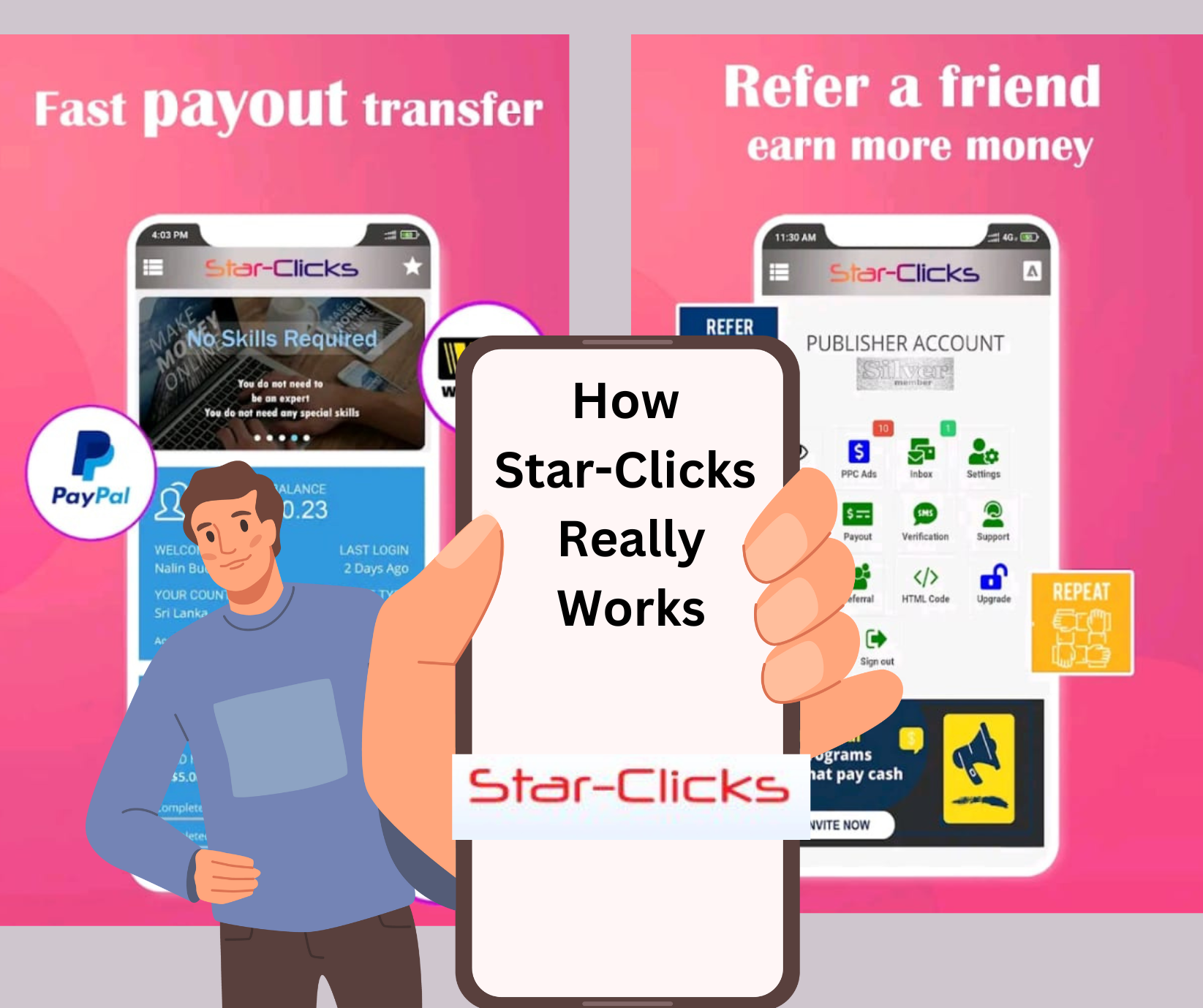

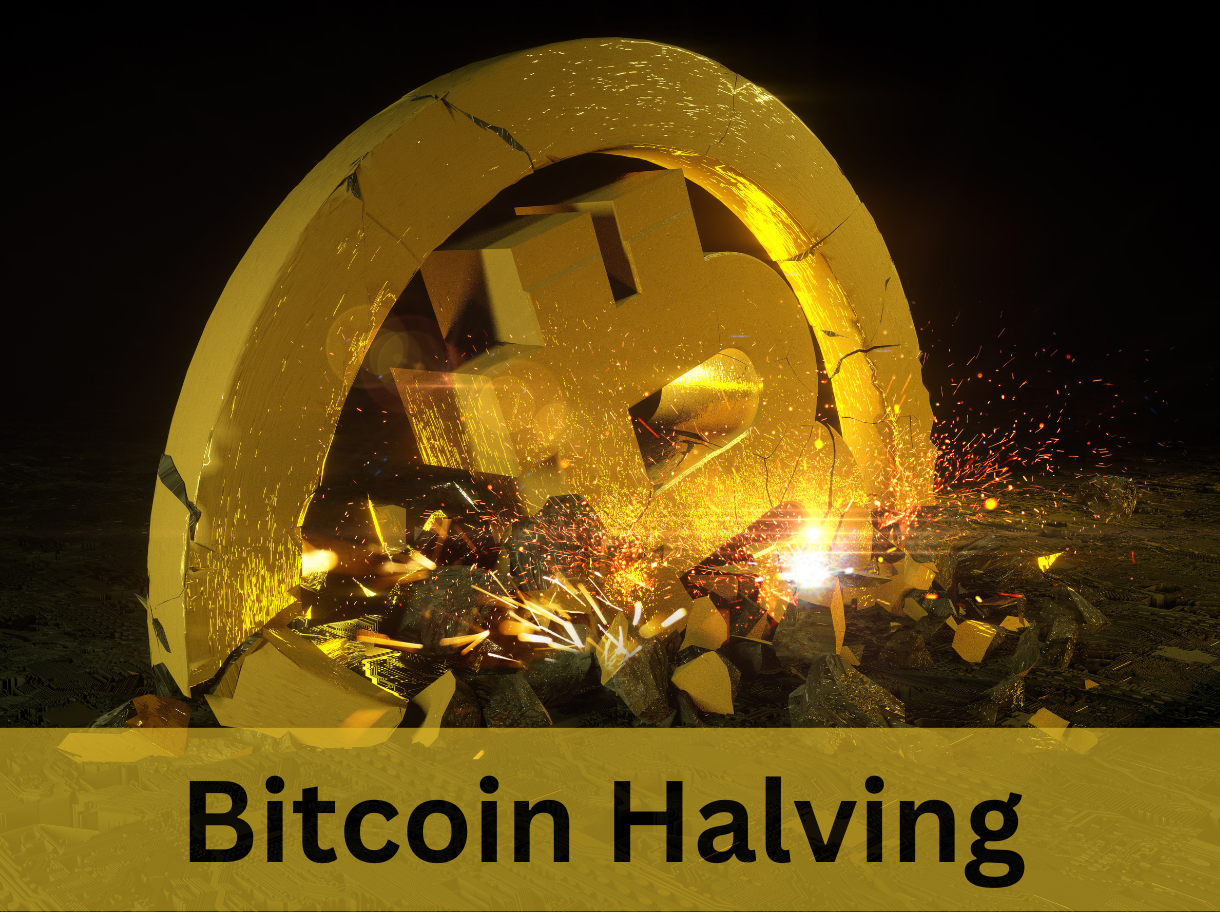
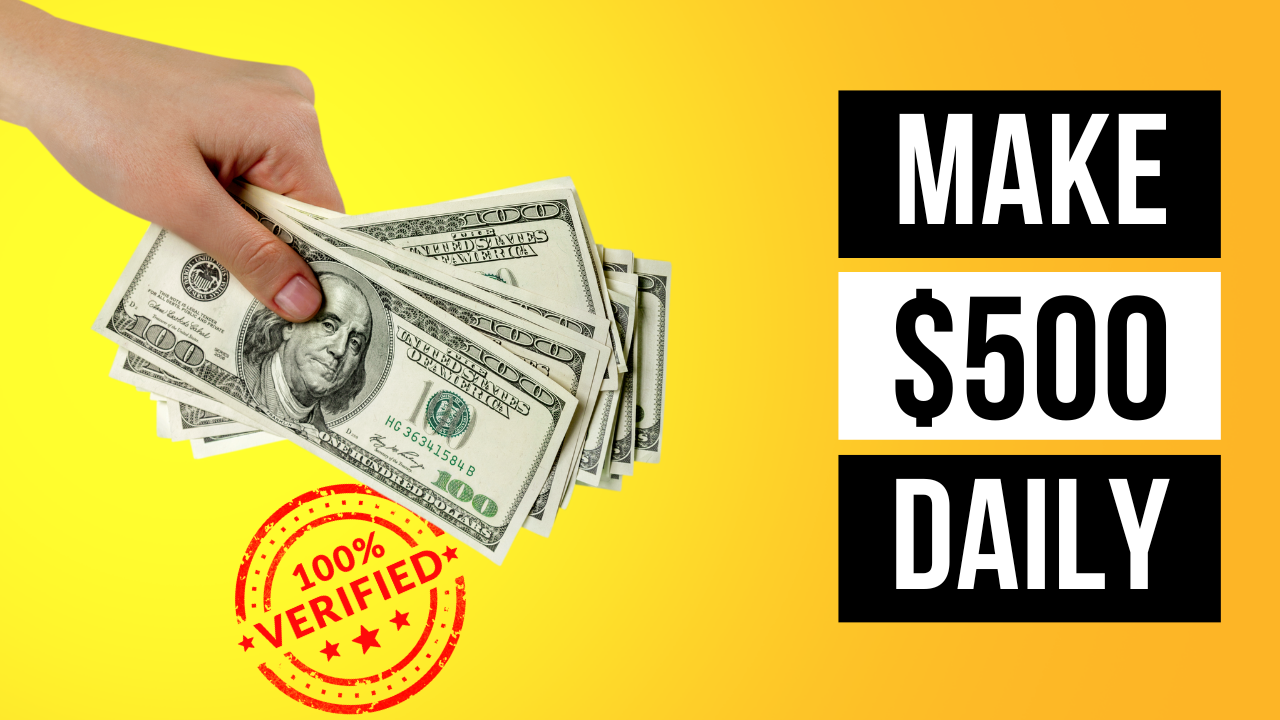
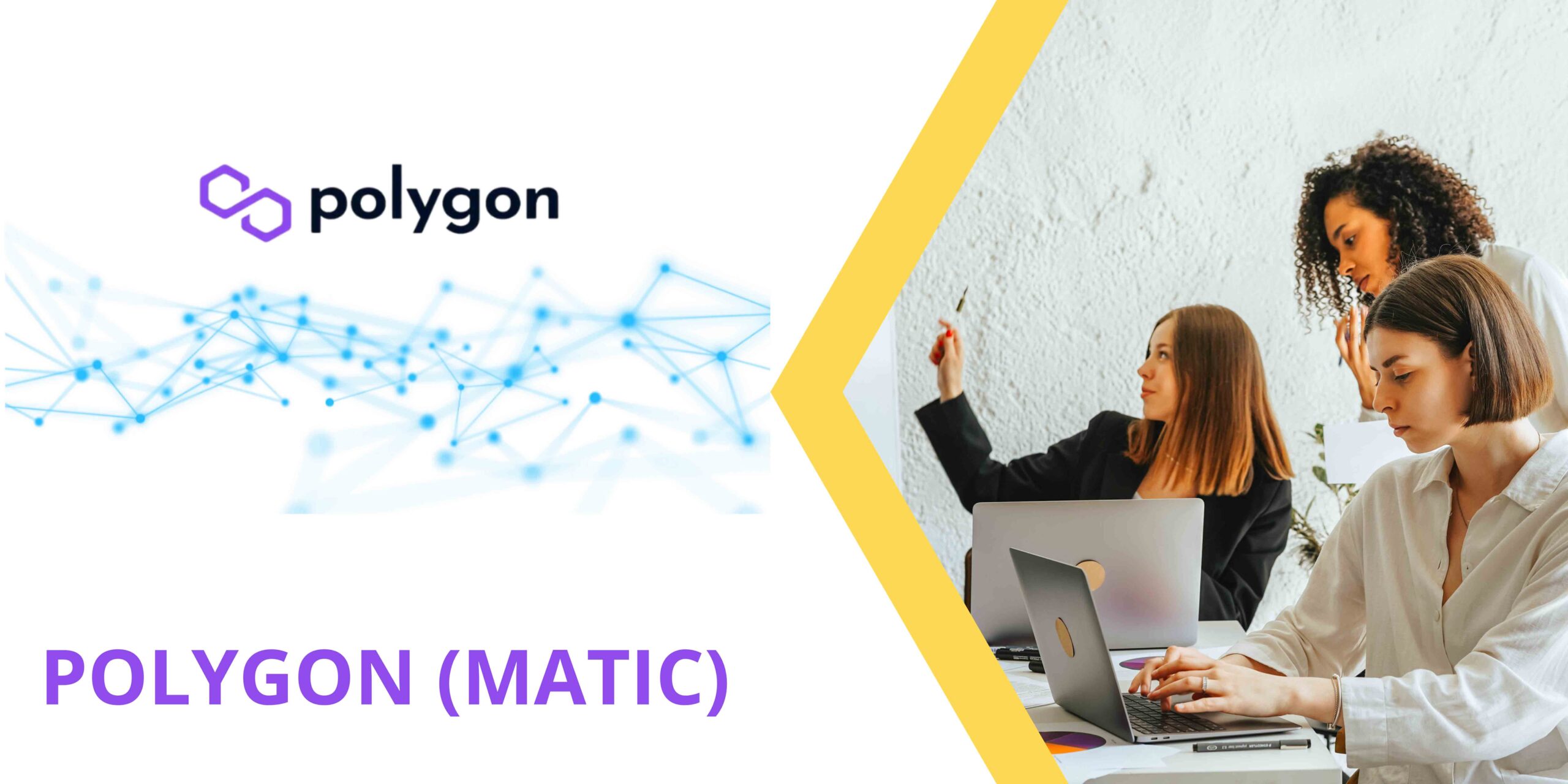
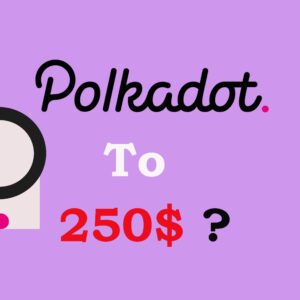
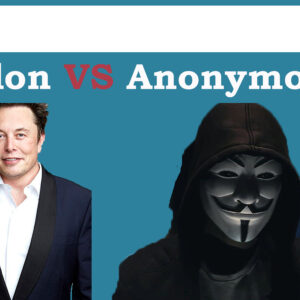
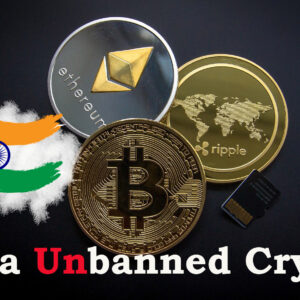
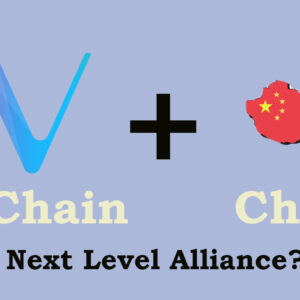
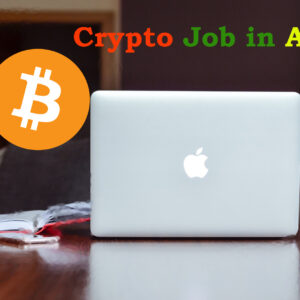

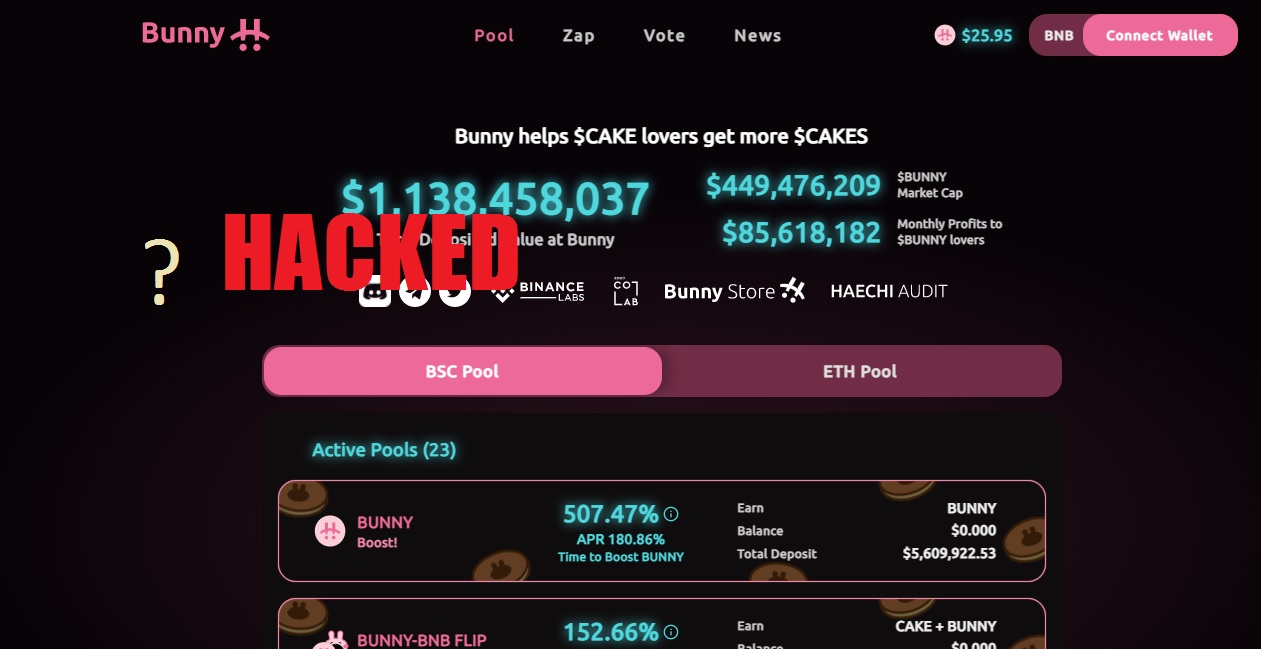
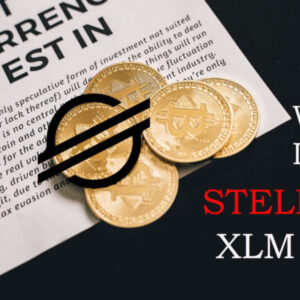
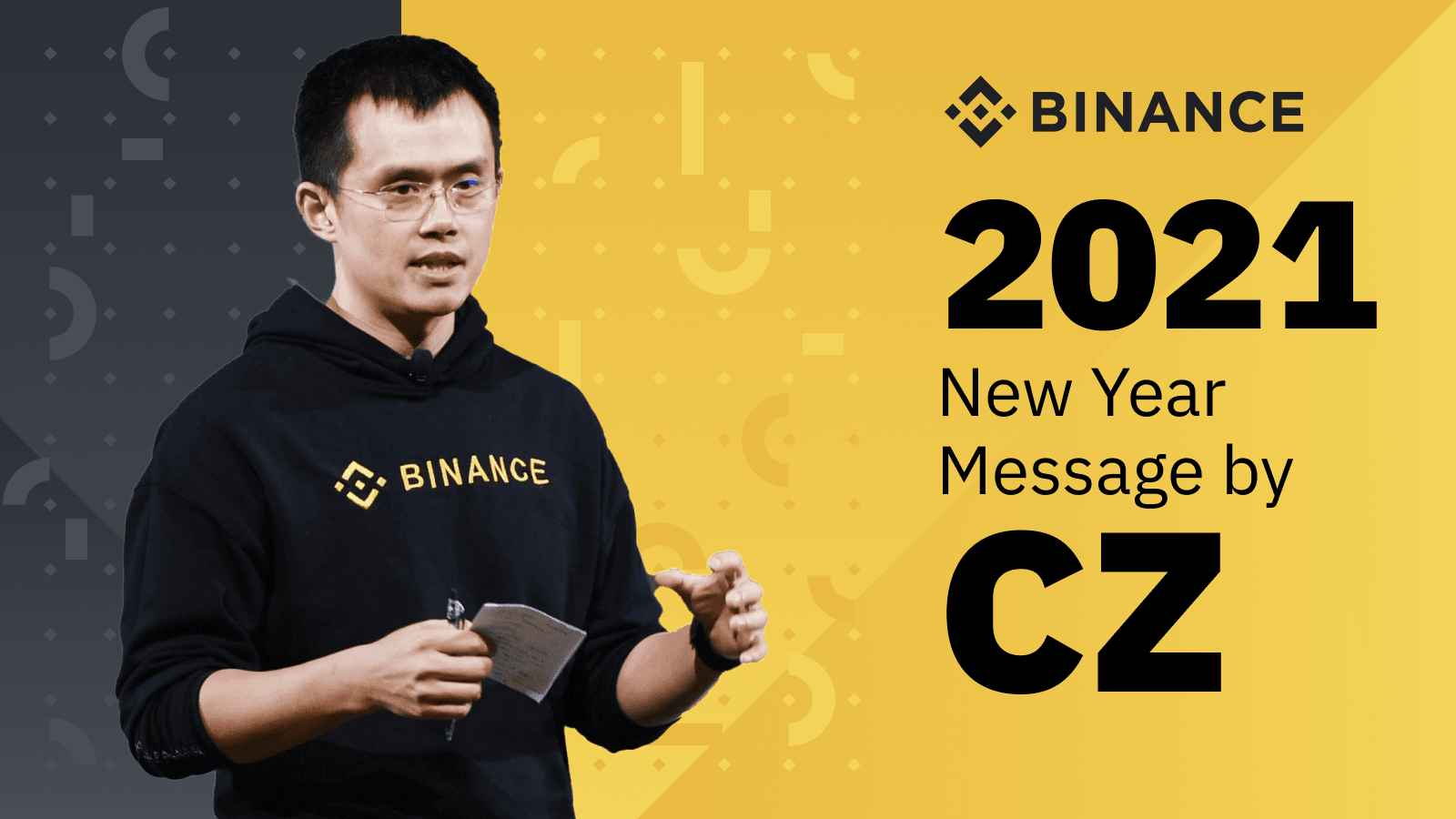
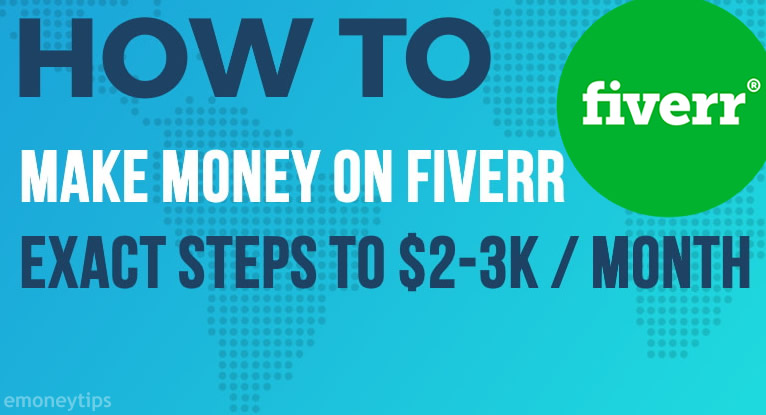
0